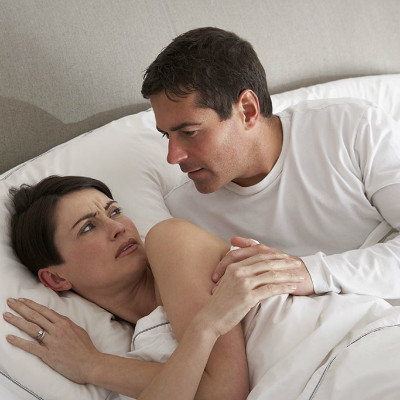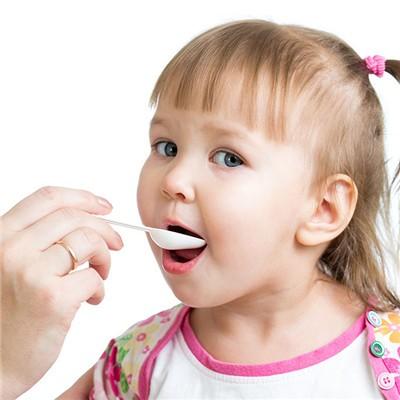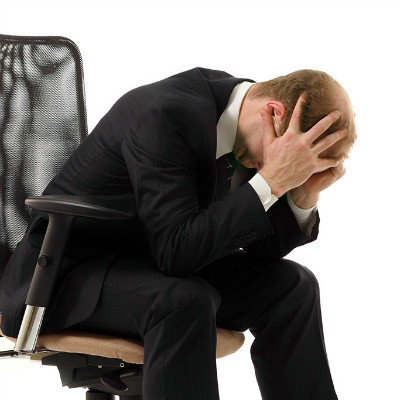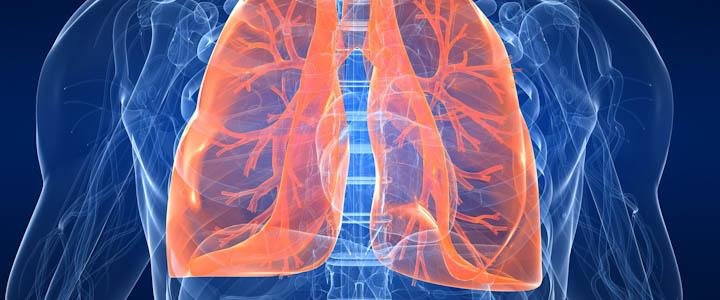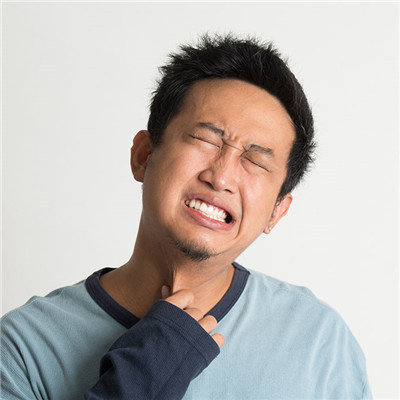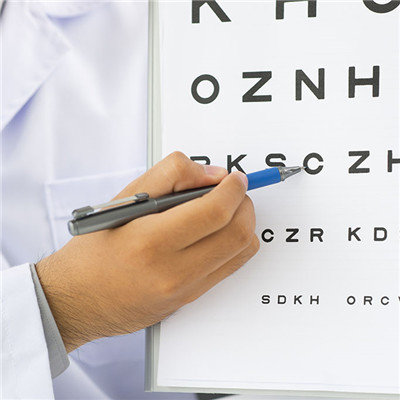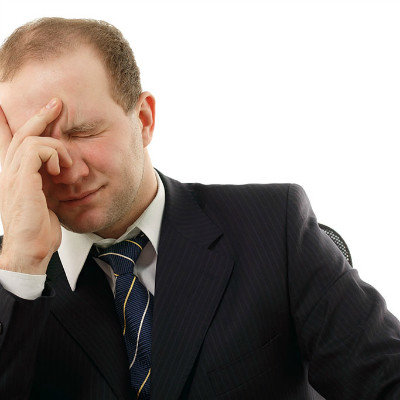Does neonatal head have yellow pus scab?
summary
Seborrheic dermatitis scab type: greasy adhesive yellow scab, occasionally exudate, more common in infants. Seborrhoeic dermatitis (seborrhoeic dermatitis) refers to the hypersecretion of sebaceous glands. It is a kind of chronic inflammation that occurs on the basis of sebum overflow. The damage is bright red or yellow red patches, with greasy scales or crusts on the surface, often accompanied by varying degrees of itching. It is common in adults and can also be seen in newborns.
Does neonatal head have yellow pus scab?
Seborrheic dermatitis is a kind of seborrheic dermatitis. Seborrheic dermatitis mainly occurs in the scalp, face, ear, armpit, groin, chest and umbilicus. Seborrheic dermatitis is characterized by yellow, yellowish brown or gray, small or large scales. If greasy heavy, can be accompanied by exudation and odor, known as seborrheic dermatitis scab type.
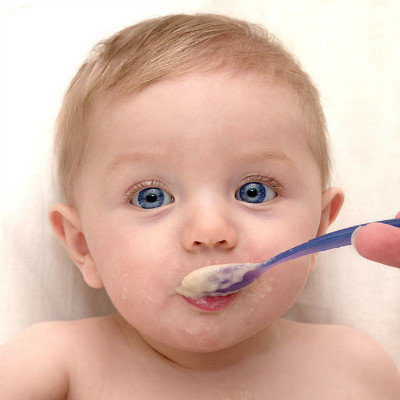
The etiology of neonatal seborrheic dermatitis is unclear. There are some hypotheses or evidences, such as maternal androgen acting on infant sebaceous glands through the placenta, Malassezia colonization, and so on. Seborrheic dermatitis mostly starts from the scalp, some are only limited to the scalp, and some are gradually aggravated, the heaviest can be generalized. Some from the face, eyebrows, eyelids, nasolabial groove or ear after the beginning, limited or gradually spread. Typical lesions vary from site to site. Skin lesions on the head are the most common in infants.

Thick scabs or scales can make hair bunchy. Slight or very itchy, children will scratch phenomenon. A few can be accompanied by infant eczema or neonatal acne and other infant skin problems, especially the face and neck. Ear damage can involve the auricle, external auditory canal, ear fold, often accompanied by erosion or chapping on the erythema. If due to scratching or improper nursing, infection can be secondary, manifested as purulent head or inflammatory red papules, sometimes accompanied by enlarged retroauricular lymph nodes.
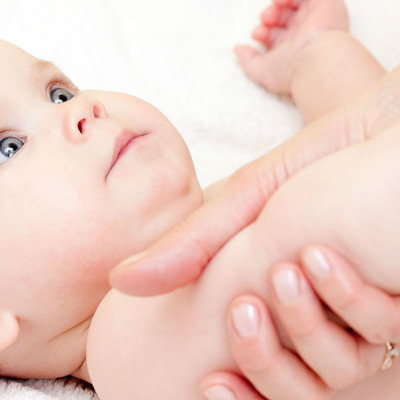
matters needing attention
Can not be forced to remove the scab, more can not use hard objects such as nails, scrapers, etc. to remove, otherwise it is easy to hurt the scalp, causing secondary infection, moderate and severe is difficult to remove clean, need to operate many times, to be patient. Generally speaking, the recurrence of infantile seborrheic dermatitis lasts for about 1 month and is cured. But recurrence is common. Some children even extend to 1-2 years old to complete remission, but each attack is more than the previous remission, the treatment is still light to heavy performance, according to the corresponding principles.
